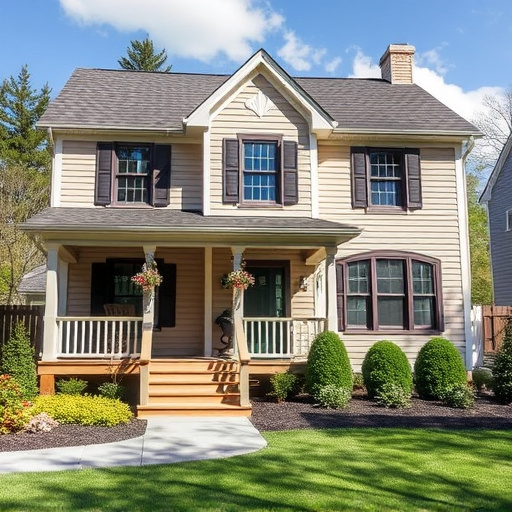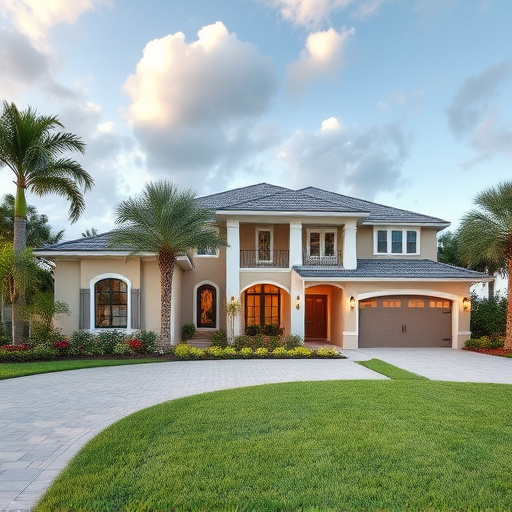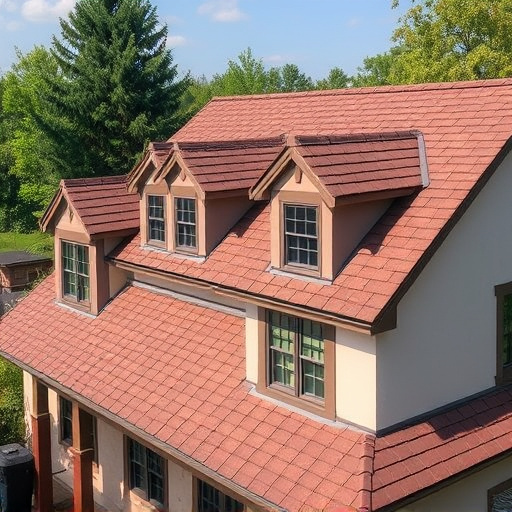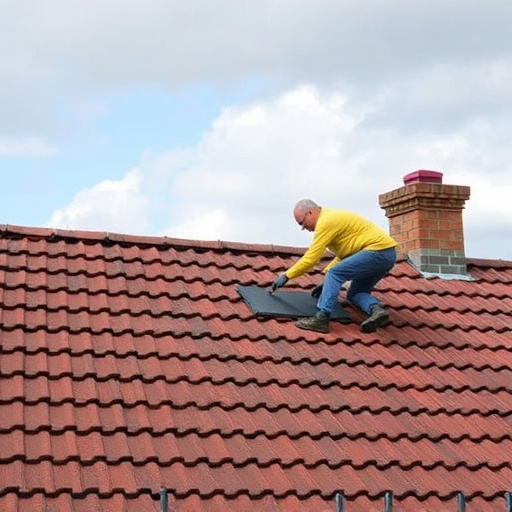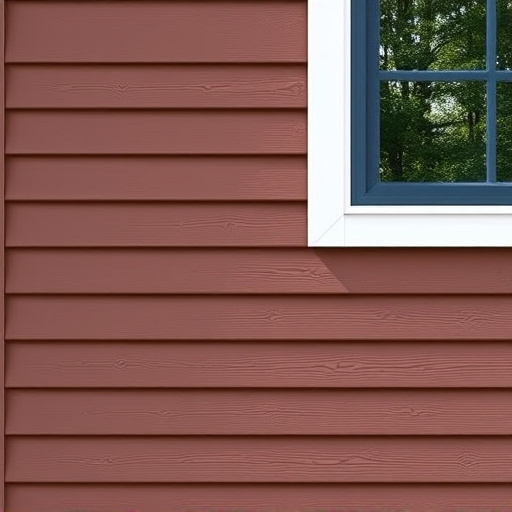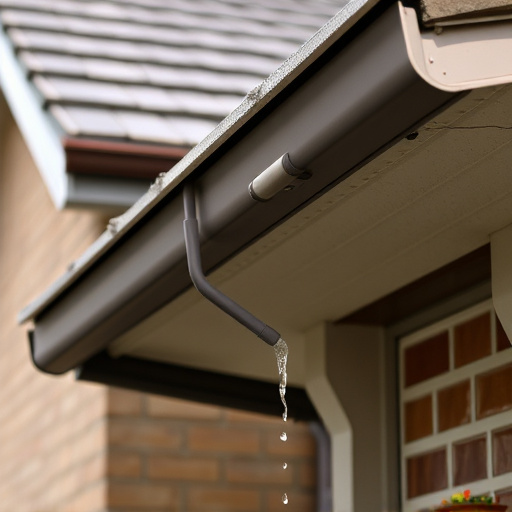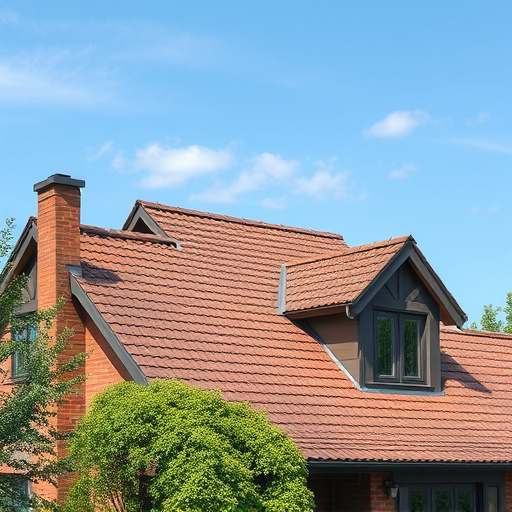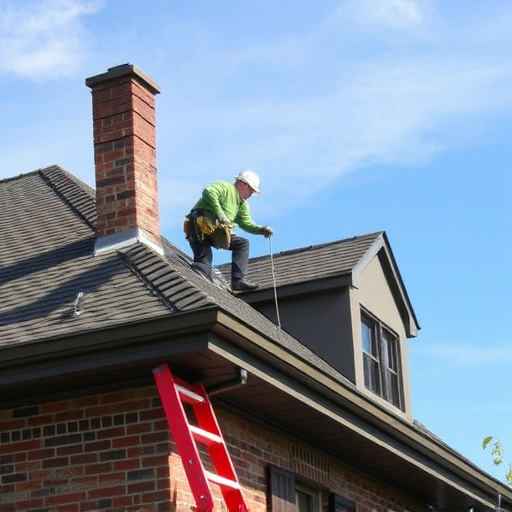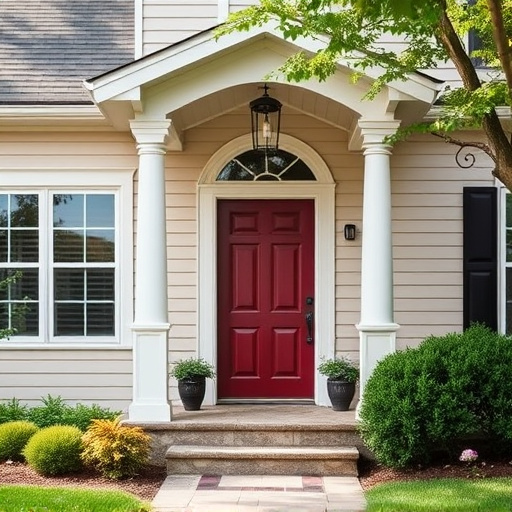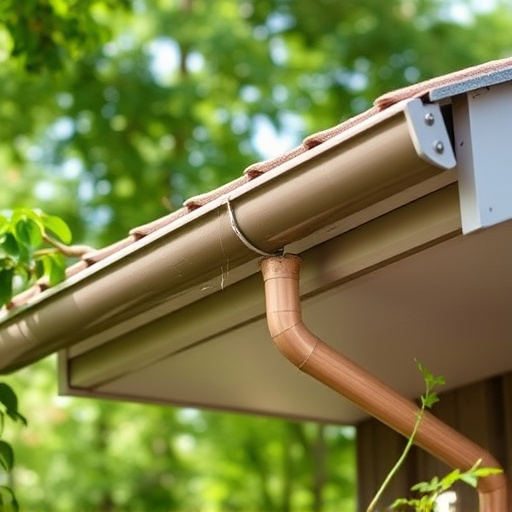Regularly inspect your home's exterior siding for damage, discoloration, and wear & tear. Early detection ensures prompt repairs or replacements, preventing structural issues & higher energy costs. Upgrading to modern siding materials offers durability, low maintenance, energy efficiency, and customizable styles, making it a strategic investment for your property's present & future.
Is it time to freshen up your home’s exterior? Recognizing the signs of an outdated or damaged siding system is key. This article guides you through the process, starting with visual clues like damage and discoloration, highlighting the importance of assessing your current system based on age and efficiency. We explore modern alternatives, showcasing contemporary materials and styles that can transform your home’s curb appeal. Update your siding for enhanced energy efficiency, increased property value, and a stunning new look.
- Visual Clues: Spotting Damage and Discoloration
- Age and Efficiency: Assessing Your Current System
- Modern Options: Exploring New Materials and Styles
Visual Clues: Spotting Damage and Discoloration
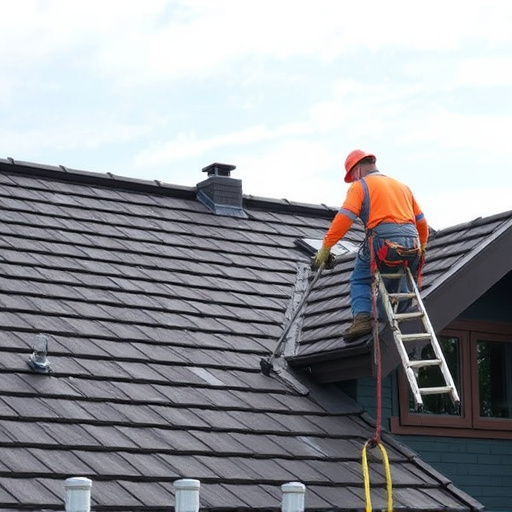
When assessing your home’s exterior, pay close attention to its siding system. Visual cues can be telltale signs it’s time for an upgrade. Look out for any damaged or missing sections, as these could indicate weaknesses in the overall structure and potential entry points for the elements. Cracks, splits, and bulges are clear indicators that your siding needs attention, especially if they’re accompanied by visible discoloration. Over time, sun exposure and harsh weather conditions can cause fading, peeling, or blistered paint, highlighting the need for a fresh coat or a complete replacement.
Don’t overlook signs of storm damage repair needed in your residential roofing. Strong winds and severe storms can leave behind broken pieces of siding, exposing your home’s internal structure and increasing energy costs. Regularly inspect your property after major weather events to catch any issues early on, ensuring prompt roof repair or replacement if necessary.
Age and Efficiency: Assessing Your Current System
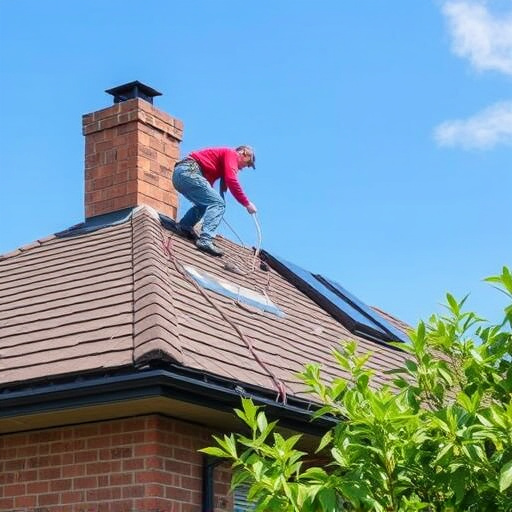
Your home’s siding system is a significant component that guards against the elements, enhancing energy efficiency and curb appeal. If your home is older, it might be time for an upgrade to your siding system. The average lifespan of siding varies by material, but most last between 25 to 50 years. Beyond this point, it starts to lose its effectiveness as a barrier against weather conditions. Older siding may also fail to insulate adequately, leading to higher energy bills and potential structural damage over time.
Assessing your current siding system should involve checking for signs of wear and tear, such as peeling, cracking, or warping. If you notice these issues, it could indicate poor installation, material deterioration, or damage from storms or other weather events. Moreover, if your energy bills have been steadily increasing without apparent cause, it might be worth investigating whether an upgrade to a more efficient siding system, possibly paired with roofing and siding services, could help reduce costs in the long run. Storm damage repair is another reason to consider upgrading, as new siding can better protect your home against future storms.
Modern Options: Exploring New Materials and Styles
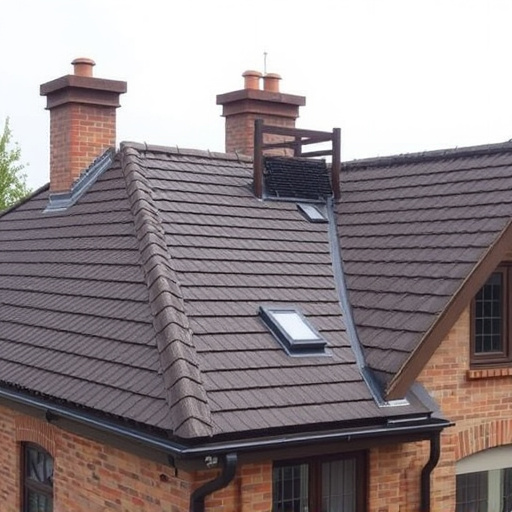
In today’s world, home aesthetics play a significant role in one’s overall property value and curb appeal. When considering an upgrade to your siding system, you’re no longer limited to traditional materials like wood or vinyl. Modern options have emerged that offer both style and substance. New materials such as fiber cement, metal, and even composite options provide durable, low-maintenance solutions that can stand the test of time—and extreme weather conditions. These advanced materials come in various colors, textures, and styles, allowing homeowners to customize their exterior look from rustic to modern, suiting any taste or architectural design.
Moreover, exploring these new siding materials offers benefits beyond aesthetics. Many commercial roofing and residential roofing contractors advocate for these innovations due to their energy-efficient properties, which can lead to reduced heating and cooling costs. Additionally, some options are designed with environmental sustainability in mind, featuring recyclable content and long-lasting qualities that minimize waste and reduce the carbon footprint of your home. With such a wide array of choices available, upgrading your siding system becomes not just an enhancement but a strategic decision for your property’s future.
If your home’s exterior shows signs of aging, such as damaged or discolored siding, it may be time to consider an upgrade. Assessing your current siding system’s age and efficiency is crucial, as older materials can lead to energy inefficiencies and costly repairs. Modern siding options offer a range of materials and styles, from durable vinyl to sleek fiberglass, providing both aesthetic enhancement and long-term benefits. By exploring these new possibilities, you can transform your home’s look while ensuring better insulation, reduced maintenance, and increased property value – all key factors when it comes to your siding system.
